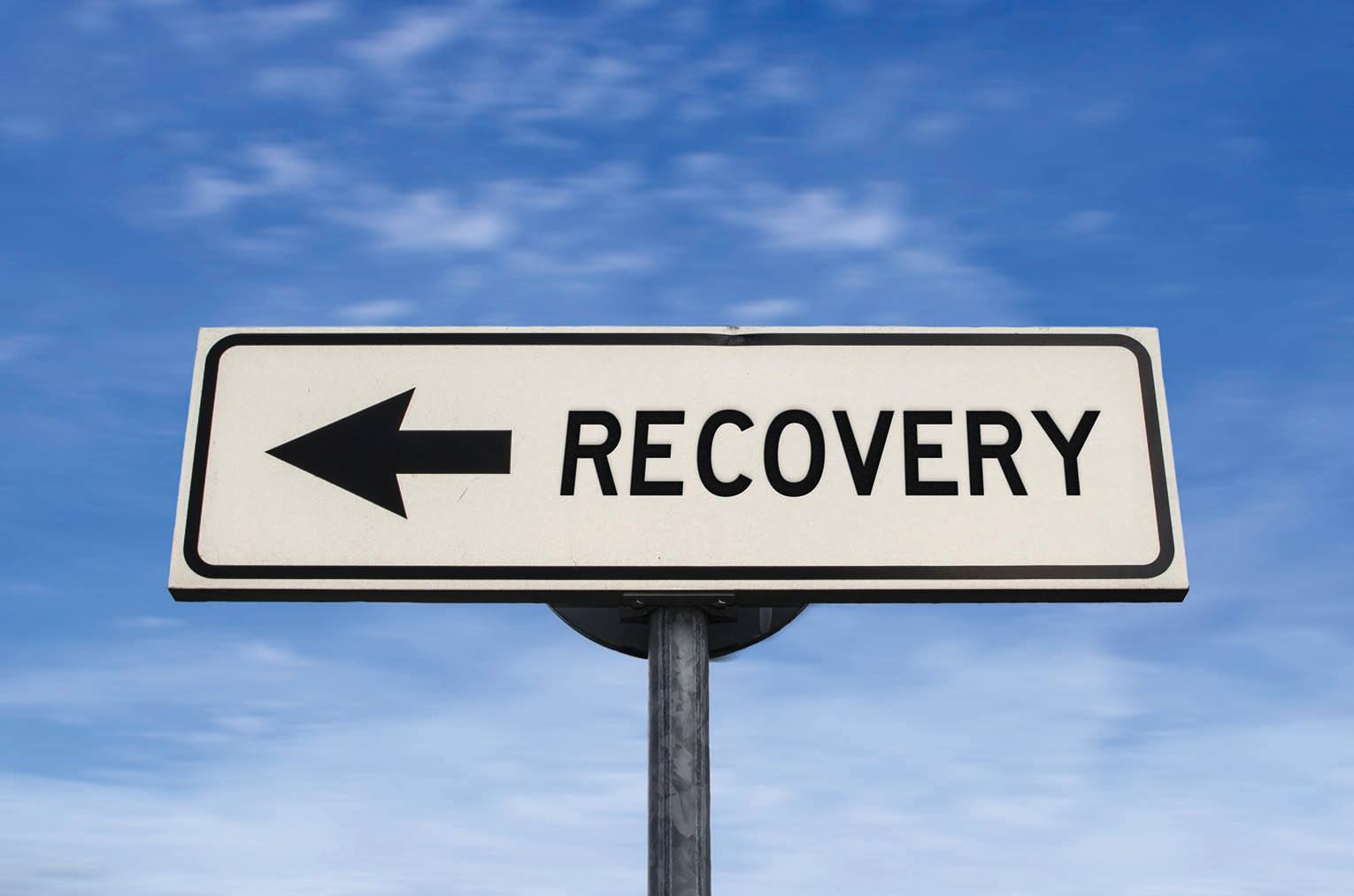
By Mike Renzella
The Haldimand Press
HALDIMAND—Following a recent CBC report detailing the struggles of those in rural communities across Ontario to access necessary mental health and addiction treatment programs, we turned to the community to ask for feedback on how this issue is impacting people here at home.
Lindsey Plante of Caledonia was diagnosed with ADHD at a young age, something she says is tied in strongly with substance use problems: “I had a difficult time in school and like many people who struggle with addiction, I never felt like I fit in when I was a teenager.”
After having a child at 19, Plante found herself unable to pull away from a social life that “centred around partying,” staying clean and sober for a little while with outpatient counselling, but eventually slipping back into bad habits: “I didn’t take steps to change my entire life, I just tried to eliminate drugs, so eventually my addiction caught up with me again. I believed for a long time that a certain substance was the problem, and if I avoided that and stuck to ‘just drinking’ or just using legal substances that I could keep the problem under control, but I found out that wasn’t true for me.”
Once Plante was able to pinpoint that she had a disease that was “stronger and more powerful” than her, she began looking for treatment, but found it wasn’t as easy as signing up for a class: “People living with addiction experience tremendous barriers.”
Plante says she was unable to find a withdrawal management or residential treatment program in her area, with the closest being in either Hamilton or Simcoe. Even if a spot was open, a series of additional barriers often presented themselves: “Many people who are addicted to substances are addicted to nicotine, as well. I would say 50-75% of detox and treatment centres are non-smoking. Withdrawal is a very scary thing and ambivalence is a normal part of addiction. People want to get help, but at the same time they are full of fear.”
Another barrier is the waiting time for treatment facilities: “It is rare that a bed is immediately available. Most facilities do not have waitlists and it is expected that people will just keep calling back,” explained Plante. “When a bed does become available, it is common that you may be given only two hours to get there before they give the bed away.”
For those relying on others for transportation, these barriers can become insurmountable. Plante recalled a time where she reached out to eight different facilities, saying half were non-smoking and the other half were full. She had to go to Brampton to find a facility that met her needs, where she only attended one group meeting during her five-day stay.
Attending any treatment program in Ontario requires patients to complete an assessment, known as a GAINSQ3, which Plante says can be difficult to book and takes up to three separate sessions to complete.
“Once people have detoxed, they are forced to return home to environments that are often not conducive with recovery…. Most people relapse and many overdose due to lowered tolerance,” she said, noting that many people on waitlists only have a rough idea of when treatment might become available. “It could be a month, or it could be five months. The wait is even longer due to the pandemic.”
She says these problems are only compounded for women: “Some women do not have supportive family to help care for their children while they access treatment. Some women avoid getting help because they worry they will lose custody of their children.”
Plante eventually found a treatment centre, Holmes House in Simcoe, using resources from the ConnexOntario program, and is now nearly finished college, where she is studying at Fanshawe to be a Social Support Worker with a focus on addictions.
“Holmes House gave me the tools and the support to change my life. The program they offer doesn’t just deal with the substance use; they look at the whole person. There was a strong focus on motivational interviewing and relapse prevention,” she explained. “They taught me how to become emotionally aware, how to tap into my strengths, how to have boundaries, how to heal grief and trauma, and how to forgive myself. There was a strong psychoeducational component and that allowed me to better understand my addiction.”
It’s the support she continues to receive there that has truly helped her remain constant in her recovery process, noting aftercare, addictions supportive housing, and more is available to graduates.
“I will always have gratitude for the help they have given me and I hope that one day every individual living with a substance use disorder who desires to change their life will have access to a recovery community like the one I have found, regardless of the area they live in,” she said.
Plante is not alone in this struggle locally. A local mother, wishing to remain anonymous to protect her child’s identity, outlined the various hurdles her family has faced trying to help their daughter overcome her concurrent mental health and addictions disorders.
“I have used naloxone on my daughter when she overdosed at home,” said the mother. “My daughter has sought help in Dunnville for over 12 years for an opioid addiction. Lack of local mental health services meant she couldn’t get the help she needed related to trauma/PTSD in her teens. With no dedicated or consistent help, she moved to a larger city to access services there.”
Her concerns echo those listed by Plante: “There are actually very few services offered for mental health or addictions and often it requires driving to Townsend or Simcoe. There is a constant turnover of workers, which causes disruption of service and a retelling of historical facts, which is re-traumatizing. The service is poor in quality and content. Counsellors seem to lack experience and lack understanding of the current addiction issues, obstacles, etc. The requirement to be not using substances in order to receive counselling is archaic and a glaring example of the lack of knowledge of how addiction and recovery actually progress.”
In addition, she says there is a “lack of understanding, knowledge, and compassion by local doctors and ER staff when presenting with addiction related medical issues, specifically overdose,” with a “heavy reliance on police in matters pertaining to addiction/overdose and therefore a punitive response, despite the on-paper program designed to provide assistance at the scene of a non-fatal overdose.”
She said those with addictions in need of help often face “apathy on the part of community, municipal officials, service providers” and “no clear or consistent path to finding and accessing help.”
Lastly, she listed some ideas, based on her experience, that she believes would help, citing the funding of more than one agency to provide services as her top priority, in addition to treatment options being available in every community within Haldimand, fully trained staff at those facilities, and a public health campaign aimed at educating the public to reduce harmful stigmas.
Next week, we will take a closer look at the services available locally and some of the challenges faced in delivering them.





